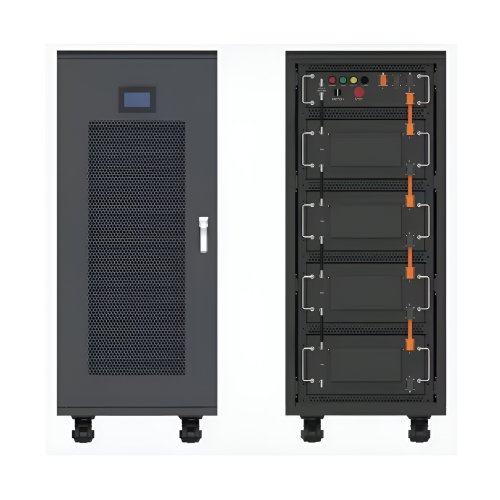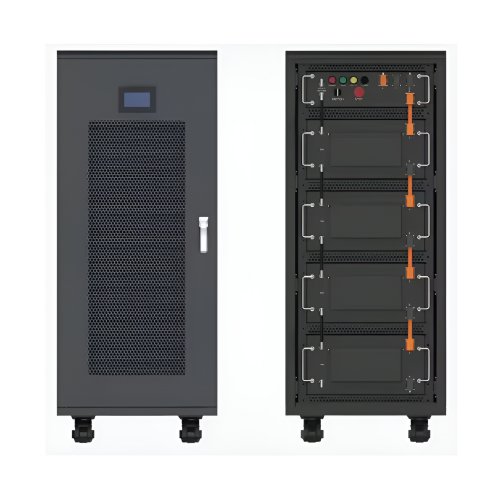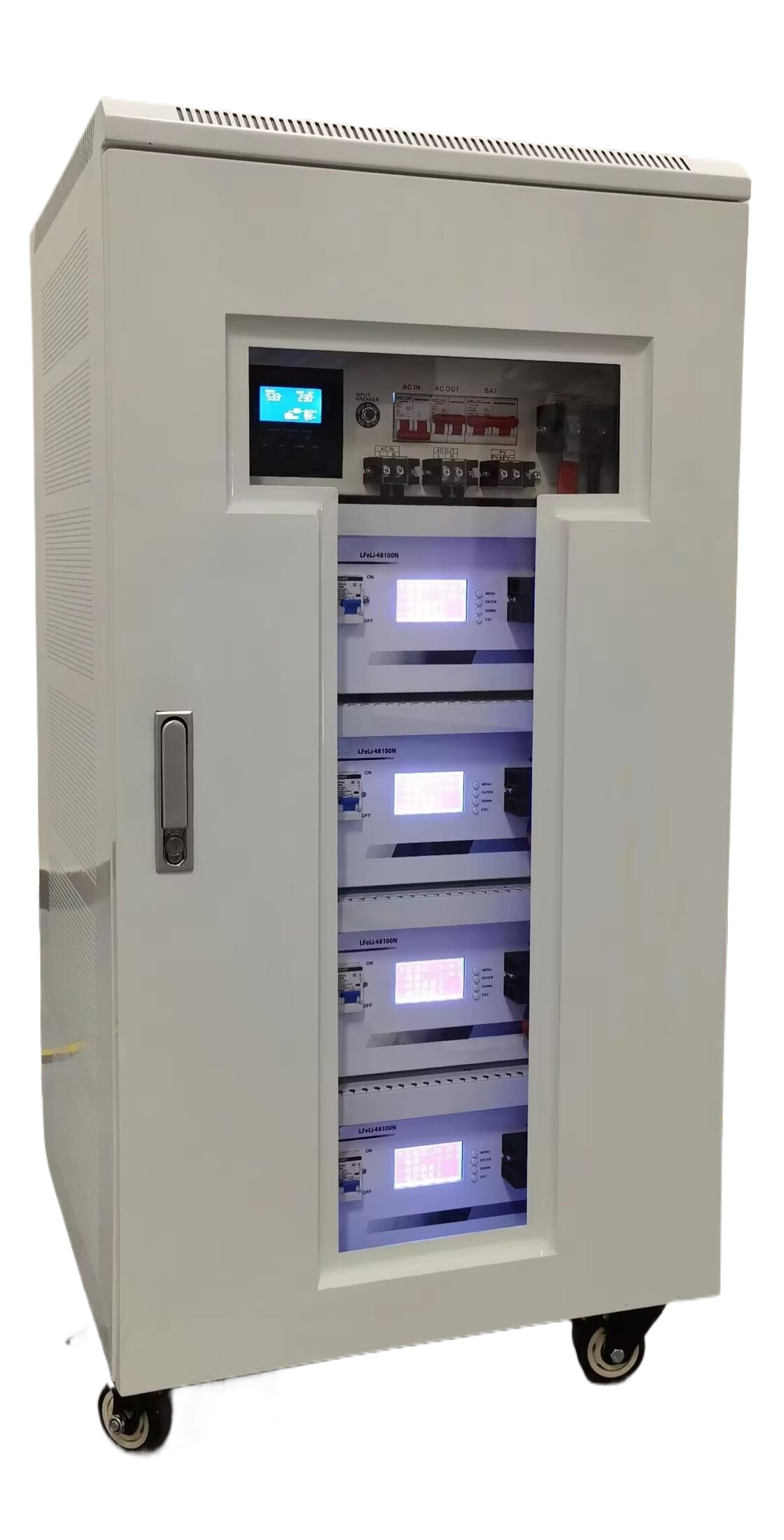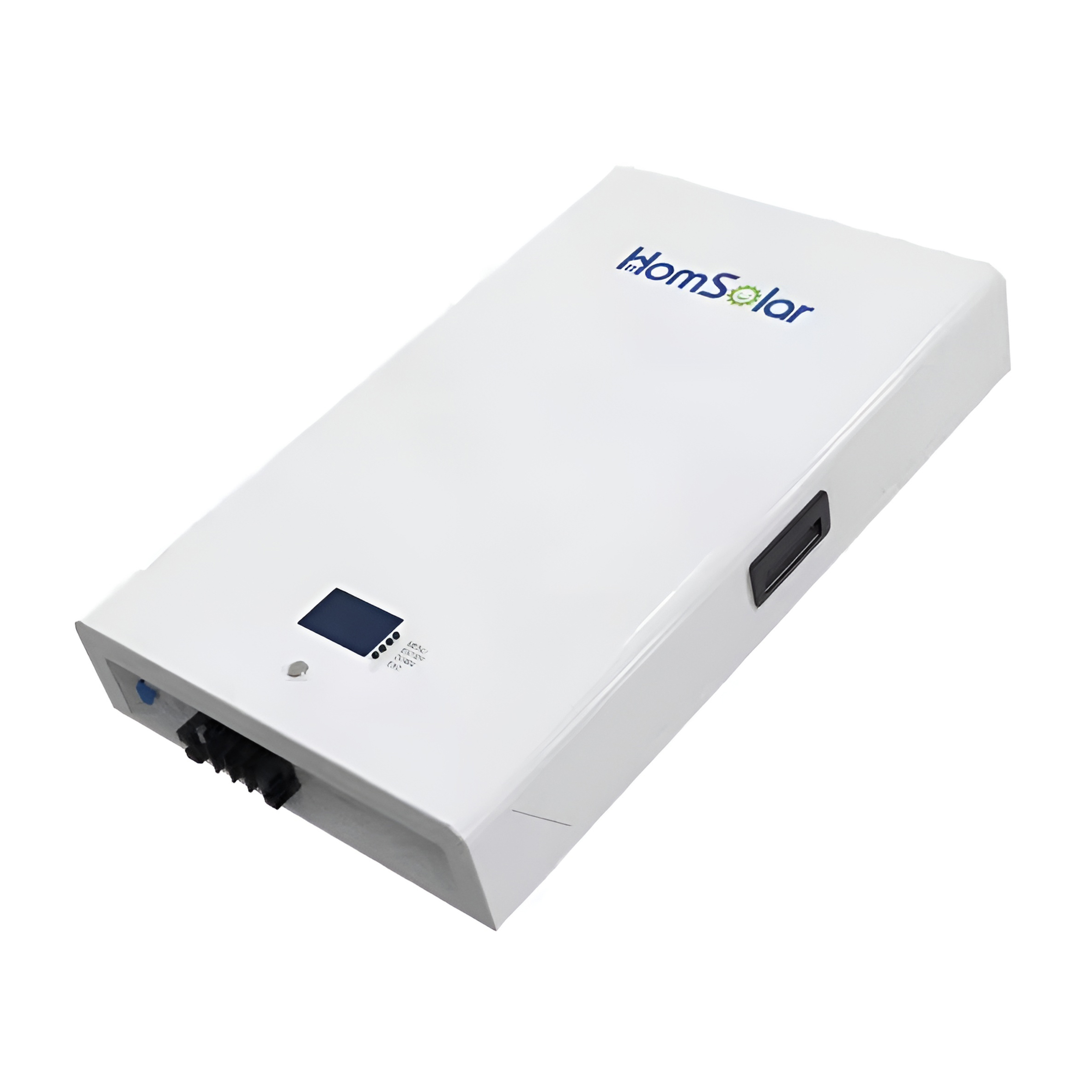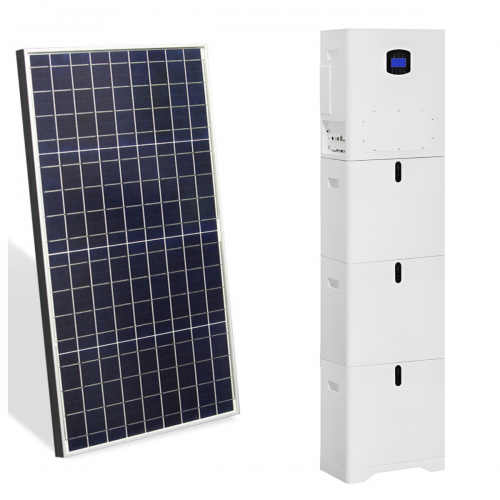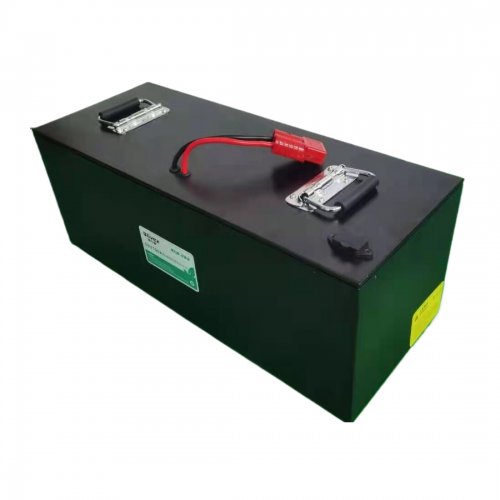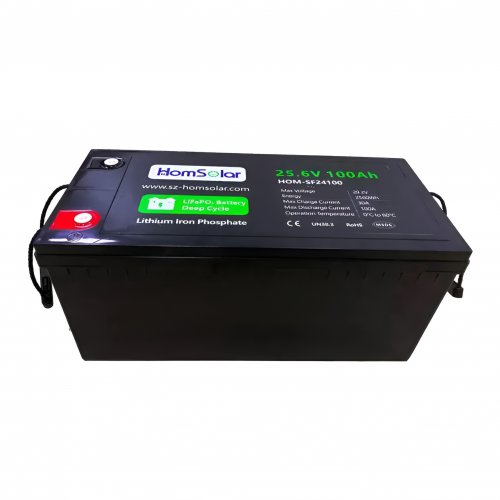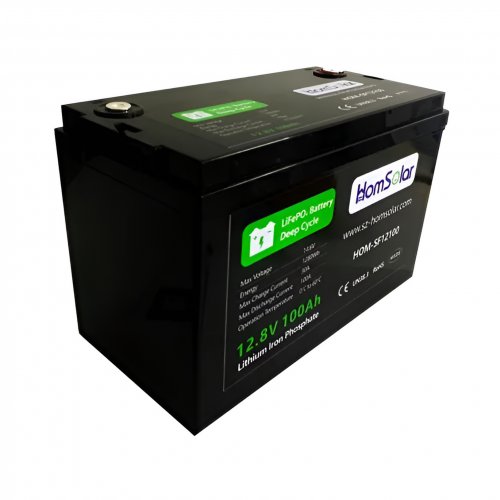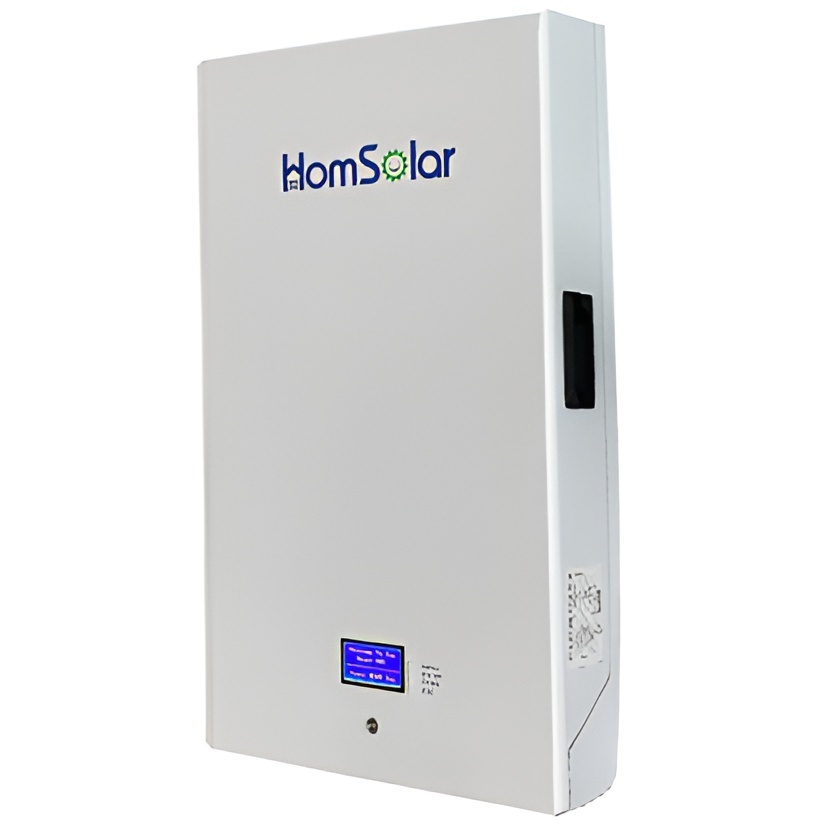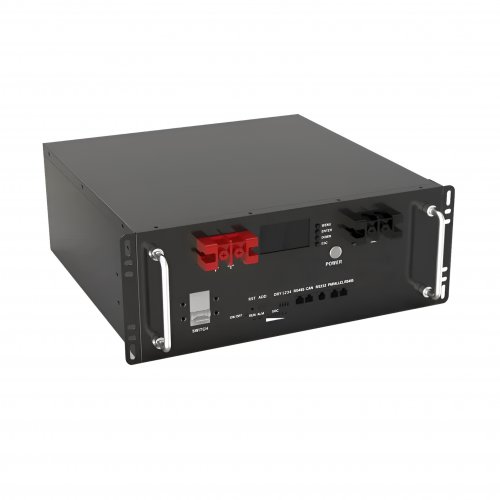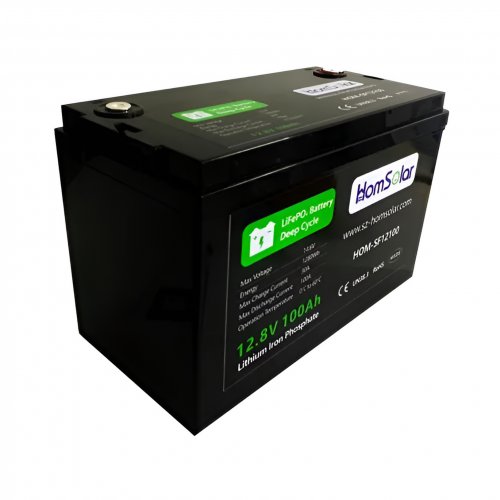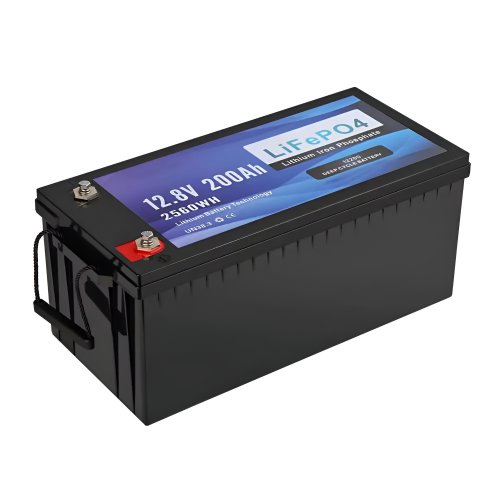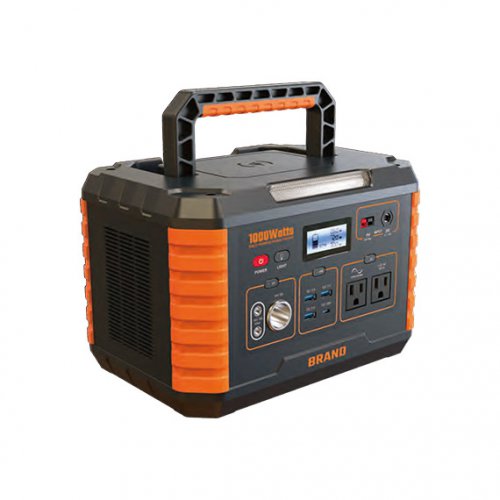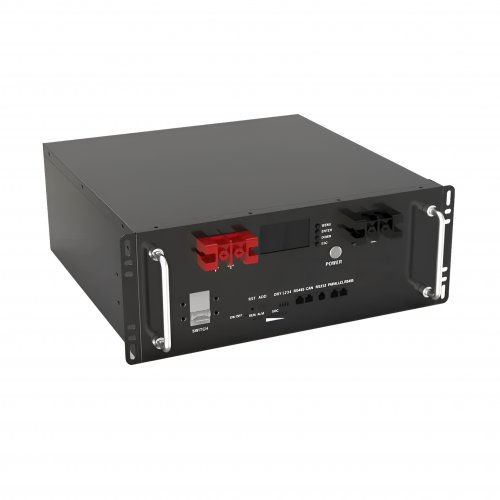Energy Storage News: Breakthroughs And Market Trends Reshaping The Future Of Clean Energy
The global energy storage sector is undergoing rapid transformation, driven by technological advancements, policy shifts, and increasing demand for renewable energy integration. As nations strive to meet decarbonization targets, energy storage systems (ESS) are emerging as a critical enabler for grid stability, efficiency, and scalability. This article explores the latest industry developments, key trends, and expert insights shaping the future of energy storage.
1. Solid-State Batteries Gain Momentum Solid-state batteries, long touted as the next frontier in energy storage, are making significant strides toward commercialization. Companies like QuantumScape and Toyota have announced breakthroughs in solid-state battery technology, promising higher energy density, faster charging, and improved safety compared to traditional lithium-ion batteries. In June 2024, QuantumScape reported successful third-party validation of its battery cells, achieving over 1,000 charge cycles with minimal degradation. Analysts predict that solid-state batteries could enter the market by 2026, revolutionizing electric vehicles (EVs) and grid-scale storage.
2. Expansion of Long-Duration Storage Solutions As renewable energy penetration grows, the need for long-duration energy storage (LDES) becomes increasingly urgent. Startups and established players are investing in alternative storage technologies, such as flow batteries, compressed air energy storage (CAES), and thermal storage. Form Energy, a U.S.-based company, recently secured $450 million in funding to scale its iron-air battery technology, which can store energy for up to 100 hours at a fraction of the cost of lithium-ion systems. Meanwhile, the U.K. government has allocated £70 million to support LDES projects, signaling strong policy backing for innovative storage solutions.
3. Policy and Regulatory Support Accelerates Deployment Governments worldwide are implementing policies to incentivize energy storage adoption. In the U.S., the Inflation Reduction Act (IRA) has spurred a surge in battery manufacturing and deployment, with tax credits covering up to 30% of storage project costs. Similarly, the European Union’s Net-Zero Industry Act includes energy storage as a strategic technology, aiming to bolster domestic production and reduce reliance on imports. China, already a leader in battery production, has introduced new standards to enhance the safety and performance of grid-scale storage systems.
1. Falling Costs and Rising Investments The cost of lithium-ion batteries has declined by nearly 90% over the past decade, making energy storage more economically viable. BloombergNEF reports that global energy storage installations are expected to reach 1,200 GWh by 2030, up from 200 GWh in 2023. Venture capital and corporate investments in storage technologies hit a record $18 billion in 2023, with major players like Tesla, CATL, and Fluence expanding production capacities.
2. Hybrid Storage Systems Gain Popularity Combining multiple storage technologies—such as lithium-ion batteries with hydrogen or thermal storage—is becoming a preferred approach to optimize performance and cost. For example, Australia’s Renewable Energy Hub integrates solar, wind, and battery storage with hydrogen production, creating a more resilient and flexible energy system. Experts suggest that hybrid systems will play a pivotal role in addressing intermittency challenges in renewable energy.
3. Second-Life Batteries Enter the Market With the first wave of EV batteries reaching end-of-life, companies are exploring repurposing them for stationary storage. BMW, Nissan, and startups like B2U Storage Solutions are piloting second-life battery projects, which offer a cost-effective and sustainable alternative to new storage systems. Research indicates that the second-life battery market could exceed $10 billion by 2030, reducing waste and lowering storage costs.
Dr. Elena Rodriguez, a senior analyst at Wood Mackenzie, notes,"The energy storage industry is at an inflection point. While lithium-ion dominates today, diversification into alternative technologies is essential to meet the varying demands of grid operators, industries, and consumers."John Carter, CEO of Form Energy, emphasizes the role of policy in driving innovation:"Government support is crucial to de-risk new technologies and scale them competitively. The IRA has been a game-changer for the U.S. storage market, and similar measures globally could accelerate the transition to a renewable-powered grid."Meanwhile, Dr. Li Wei, a researcher at Tsinghua University, highlights the importance of safety standards:"As storage deployments grow, ensuring robust safety protocols is paramount. Recent incidents in South Korea and the U.S. underscore the need for stricter regulations and advanced monitoring systems."
The energy storage industry is poised for exponential growth, fueled by technological innovation, declining costs, and strong policy tailwinds. From solid-state batteries to long-duration solutions and hybrid systems, the sector is evolving rapidly to support a cleaner, more resilient energy future. As investments and deployments surge, stakeholders must address challenges such as supply chain constraints, safety concerns, and regulatory harmonization to unlock the full potential of energy storage.
With the right strategies and collaborations, energy storage could soon become the backbone of the global energy transition, enabling a sustainable and reliable power system for generations to come.
Customized/OEM/ODM Service
HomSolar Supports Lifepo4 battery pack customization/OEM/ODM service, welcome to contact us and tell us your needs.


HomSolar: Your One-stop LiFePO4 Battery Pack & ESS Solution Manufacturer
Our line of LiFePO4 (LFP) batteries offer a solution to demanding applications that require a lighter weight, longer life, and higher capacity battery. Features include advanced battery management systems (BMS), Bluetooth® communication and active intelligent monitoring.

Customised Lithium Iron Phosphate Battery Casing
ABS plastic housing, aluminium housing, stainless steel housing and iron housing are available, and can also be designed and customised according to your needs.

HomSolar Smart BMS
Intelligent Battery Management System for HomSolar Energy Storage System. Bluetooth, temperature sensor, LCD display, CAN interface, UART interface also available.


Terminals & Plugs Can Be Customized
A wide range of terminals and plugs can be customised to suit the application needs of your battery products.

Well-designed Solutions for Energy Storage Systems
We will design the perfect energy storage system solution according to your needs, so that you can easily solve the specific industry applications of battery products.



About Our Battery Cells
Our energy storage system products use brand new grade A LiFePO4 cells with a battery lifespan of more than 4,000 charge/discharge cycles.



Applications in Different Industries
We supply customized & OEM battery pack, assemble cells with wiring, fuse and plastic cover, all the cell wires connected to PCB plug or built BMS.
Applications: E-bike, Electric Scooter, Golf Carts, RV, Electric Wheelchair, Electric Tools, Robot Cleaner, Robot Sweeper, Solar Energy Storage System, Emergency Light, Solar Power Light, Medical Equipment, UPS Backup Power Supply.
We can provide you with customized services. We have the ability to provide a vertical supply chain, from single cells to pack/module and to a complete power solution with BMS, etc.


HomSolar (Shenzhen) Technology Co., Ltd







